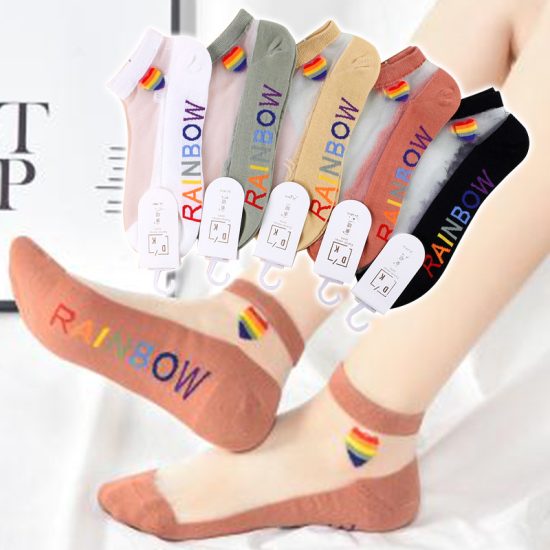Thin socks can be made from a variety of materials, each offering different properties and benefits. Here are some commonly used materials for thin socks:
- Cotton: Thin socks made from cotton are lightweight and breathable. Cotton socks provide a soft and comfortable feel and are suitable for everyday wear. However, they may not be as moisture-wicking as synthetic materials.
- Bamboo: Bamboo is a sustainable and eco-friendly material used in thin socks. Bamboo socks offer excellent breathability, moisture-wicking properties, and natural antibacterial characteristics. They are known for being soft, hypoallergenic, and gentle on the skin.
- Merino Wool: Merino wool is a premium and high-quality material used in thin socks. Despite being thin, merino wool socks provide excellent insulation, moisture-wicking capabilities, and temperature regulation. They are known for their softness, breathability, and odor-resistance.
- Synthetic Blends: Thin socks may also incorporate synthetic materials such as nylon, polyester, or spandex. These synthetic blends offer durability, moisture-wicking properties, and enhanced stretch and shape retention. Synthetic materials are often used in athletic socks to provide support, cushioning, and quick-drying capabilities.
- Silk: Silk socks are exceptionally thin, lightweight, and luxurious. They offer a smooth and soft feel against the skin and provide excellent temperature regulation. Silk socks are often used for dressier occasions or for individuals with sensitive skin.
It’s important to note that the specific material composition can vary between different brands and sock models. Additionally, some thin socks may feature a blend of multiple materials to combine the advantages of different fibers.
When choosing thin socks, it’s a good idea to consider the intended use, climate, and personal preferences for factors such as breathability, moisture-wicking, softness, and eco-friendliness.

